Taking a sample from TAOE Ch.2 Figure 2.9 for example. The book suggests that BJT constructs a constant current source for the LED and \$\beta\$ is subject to change from multiple parameters thus should be not used to calculate collector current in practical design.
Supposed \$\beta\$ is ~25, \$I_{b}\$ is (3.3-0.6)/10k = 0.27mA and hence \$I_{c}\$ is preliminarily "guessed" to be 6.75mA. Voltage drop across 330\$\Omega\$ resistor is "guessed" to be 330\$\Omega\$ * 6.75mA = 2.2275V, and if I assume voltage drop across LED is 1.65V, total voltage drop on collector side is 2.2275V + 1.65V = 3.8775V, which makes no sense since >3.3V suggests collector is pulled below ground. Now I know it's saturated. But to start the calculation, I cannot avoid using \$\beta\$ to estimate it. So I have the imagine \$\beta\$ is less than 25 and plug in each \$\beta\$ value until the voltage drop in the collector is 0.2V less than the supplied 3.3V, hence the beginning of my saturation current.
If we take a different approach, assuming LED drop voltage by 1.65V, then we calculate current across 330\$\Omega\$ resistor to be (3.3-1.65)/330 = 3.295mA (here I neglect \$V_{ce}\$ ~ 0.2). To drive a 3.295mA collector current, my base current should be at least \$\beta\$ * \$I_{b}\$. Again, I have to use \$\beta\$ which I am not supposed to.
- How is this a constant current source if either perspective requires me to use \$\beta\$ which is subject to much variation? Then I have to go about imagine \$\beta\$ to be a different value to find the "point" between saturation and forward active.
- If I change \$V_{cc}\$ from 3.3V to 10V, collector current increases more than 5%, which is not a constant current source.
